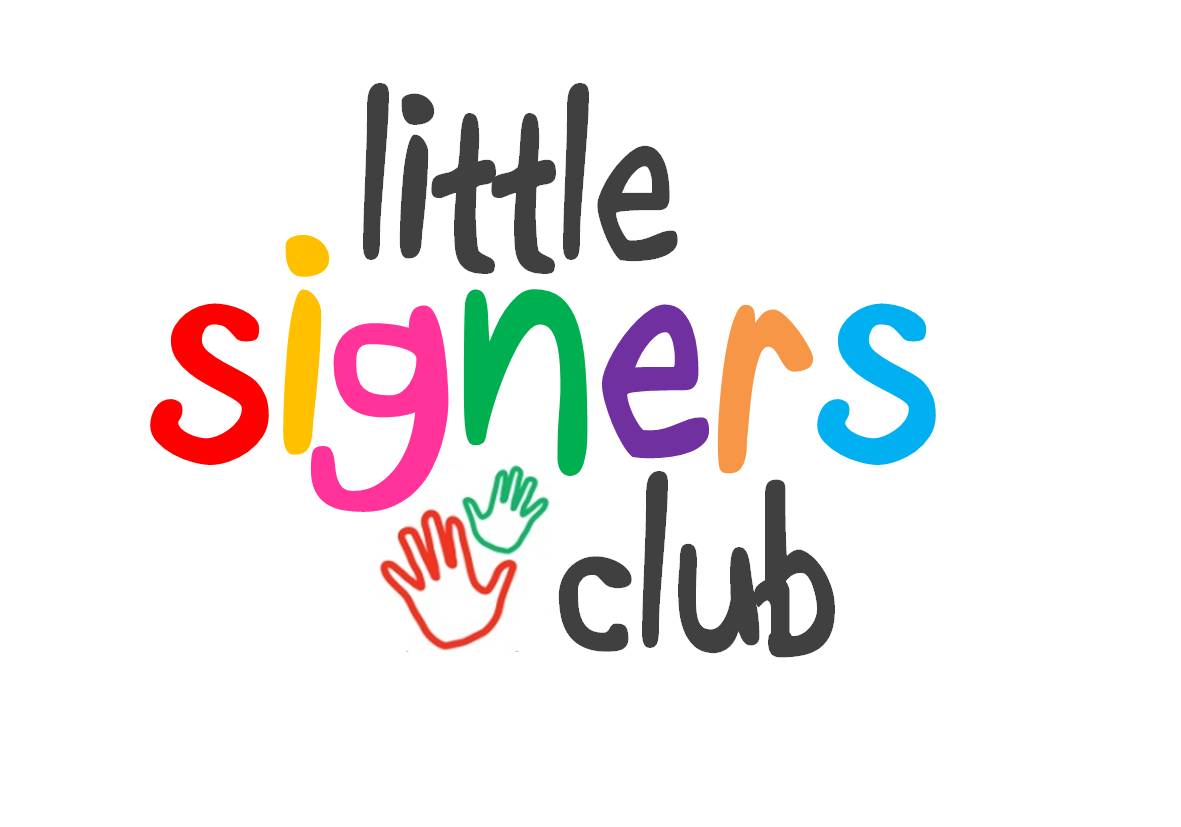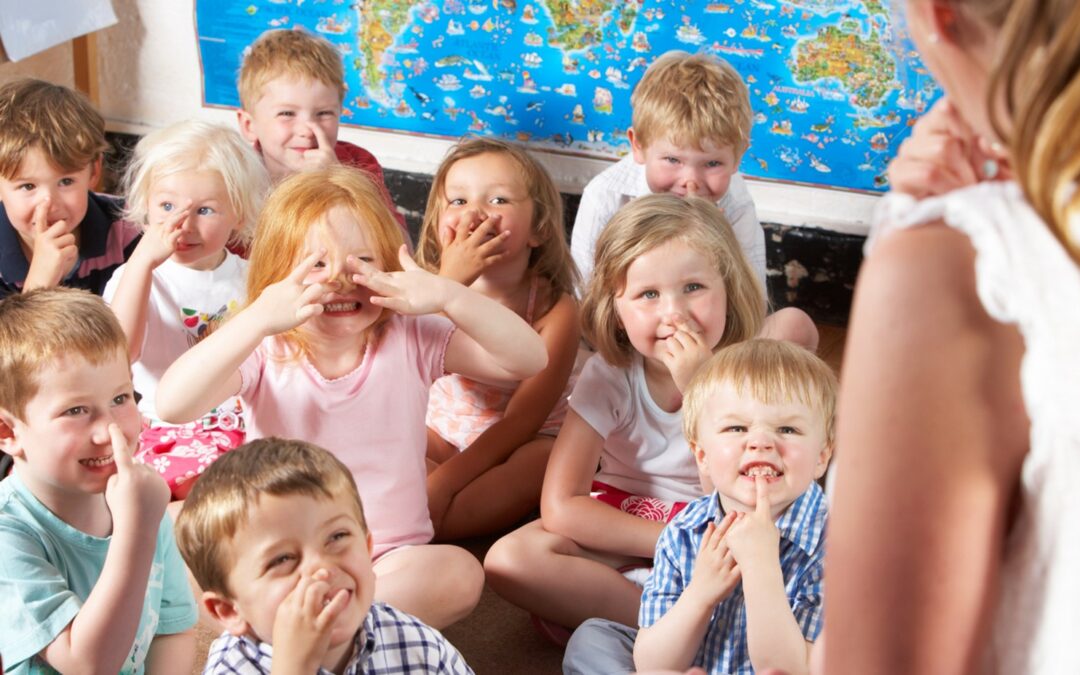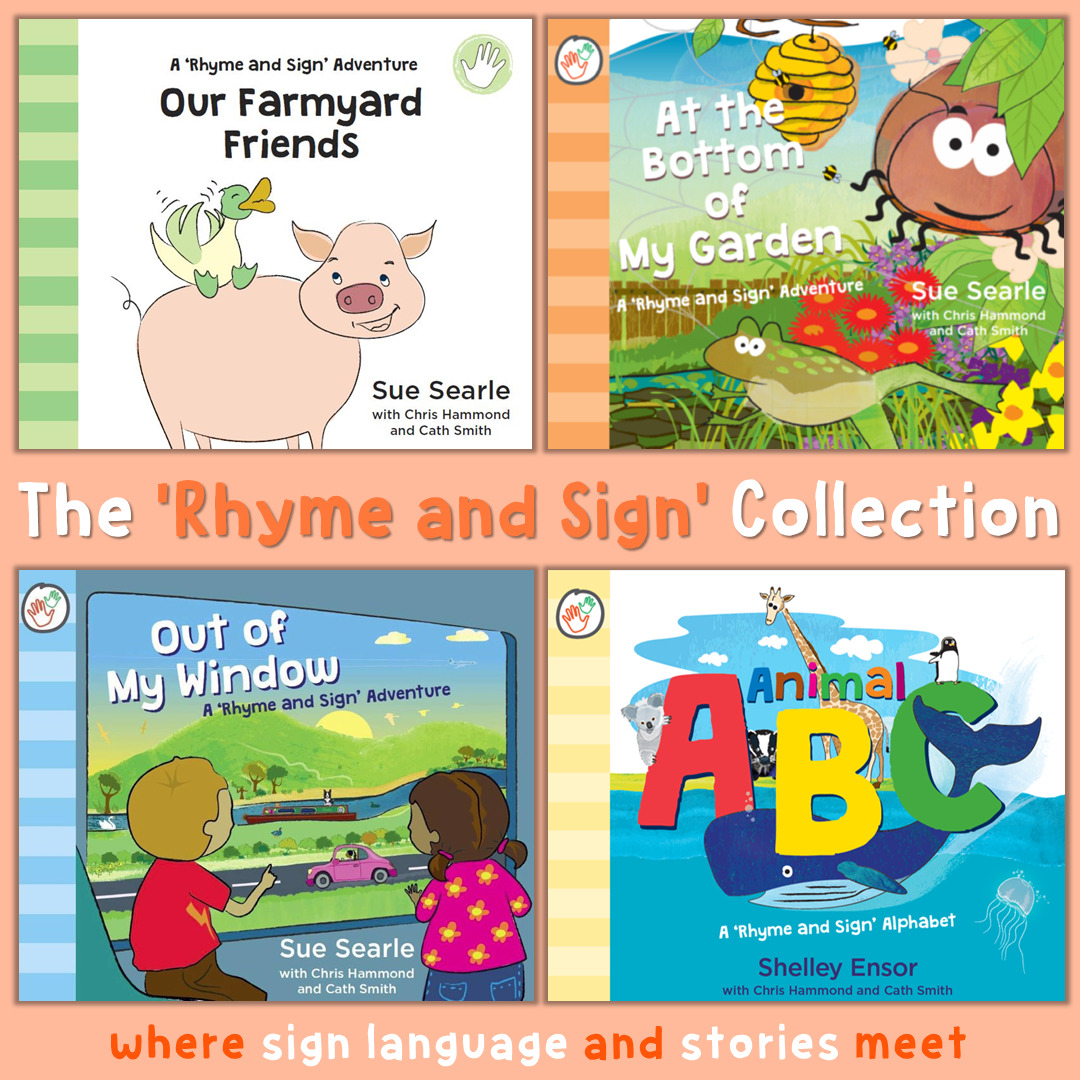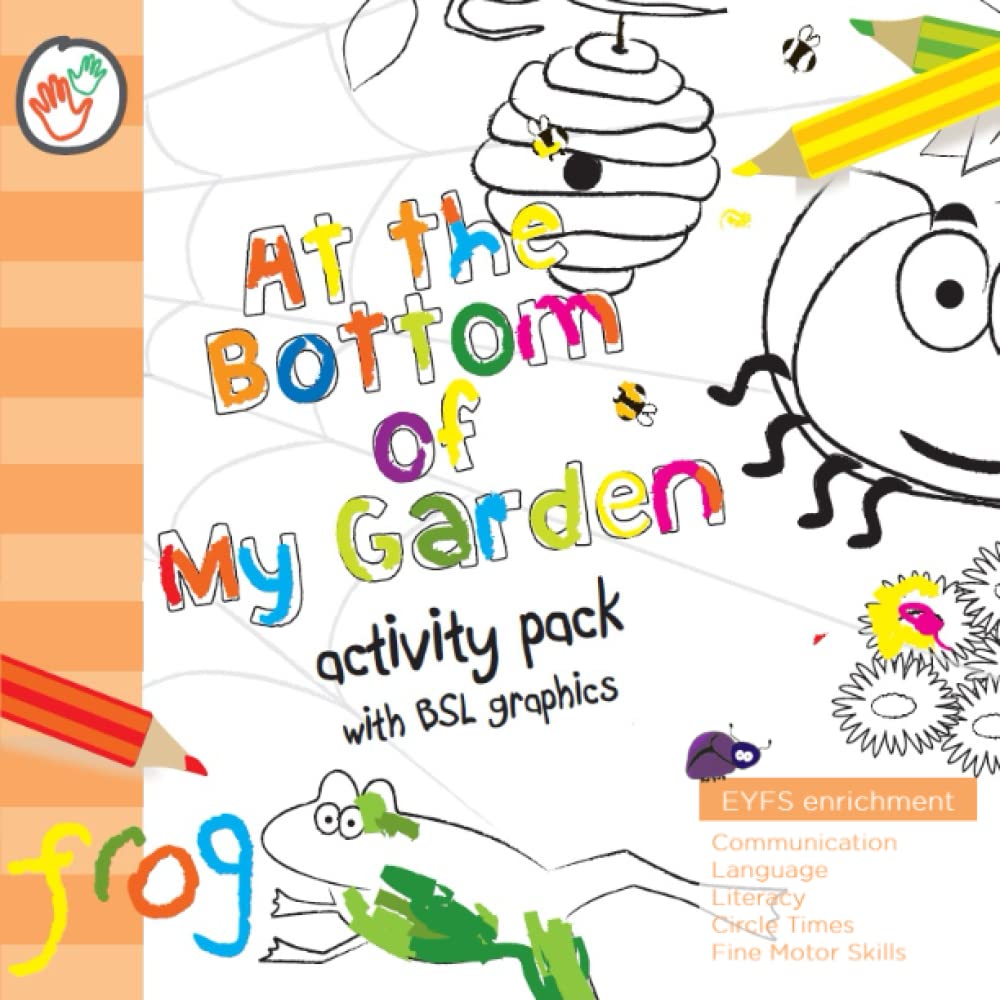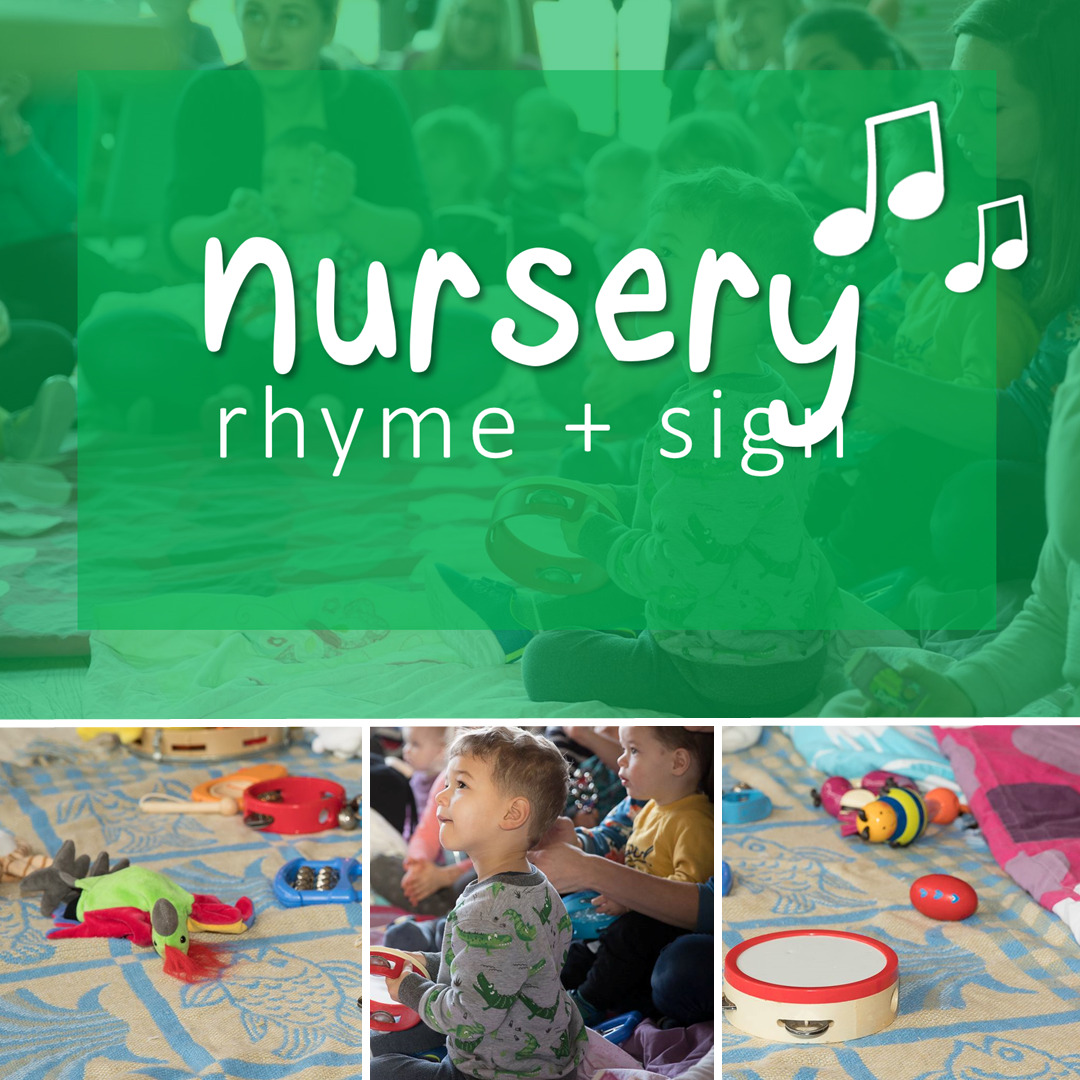If you’re considering introducing sign language into your setting or school, you might be wondering how to get started. These 5 simple strategies, especially for Early Years educators, have been designed to be practical, easily actionable, and allow you to create an inclusive and inspiring learning environment for little learners.
Before we take a look at signing for Early Years, we need to celebrate a significant milestone in sign language education: the announcement of the BSL GCSE. This is truly amazing news as it recognises the importance of British Sign Language as a valuable language to be studied and mastered.
Now, more than ever, it’s crucial to inspire little ones to develop a love of sign language.
By introducing British Sign Language (BSL), into early years settings and primary schools, we can give children the confidence to choose BSL at GCSE level. Why? Because they’ll already be familiar with signing and, consequently, will be more likely to want to take it.
We all know the workload pressures our educators currently face.
Introducing sign language into settings and classrooms might feel overwhelming.
These simple strategies for introducing sign language support everyone working in Early Years and Primary Education. They are both fun and functional – a Little Signers Club speciality – as this is the very best way to learn.
We’ve developed a whole range of easy to use resources for the Educational sector to support your learning further, too.
The benefits of sign language for children are definitely worth it; not only does sign language develop children’s communication skills, but it also creates a fully inclusive environment where all children can participate and engage. By incorporating keyword sign language into daily activities, you are nurturing a supportive, and enriching learning environment for children to shine.
5 Simple Strategies to Incorporate Sign Language into Your Classroom
These ideas have been designed to be easily integrated into your existing routines and activities, making sign language learning accessible and manageable for even the busiest of educators.
1. Sign Language Sing-Alongs:
Turn music sessions into engaging sign language sing-alongs! Select popular nursery rhymes or children’s songs and incorporate simple signs that accompany the lyrics. Resources such as the Nursery Rhyme and Sign collection from Little Signers Club provide you with signs that correspond to familiar tunes. Encourage active participation, which helps children to connect the rhythm of language and music with the beauty of sign language.
2. Sign-Infused Storytelling:
Enhance storytelling by incorporating sign language into your narratives. As you read aloud, introduce relevant signs that represent key actions or objects in the story. The award-winning Rhyme and Sign story books from Little Signers Club offer captivating tales that seamlessly blend sign language and storytelling. By weaving signs into the narrative, you create a multisensory experience that sparks imagination, language development, and connection.
3. Whole Class Learning:
Make sign language a whole class experience by incorporating it into your daily routines. Dedicate a few minutes each day for a “Sign of the Day” activity, where you introduce a new sign and encourage the children to practice using it throughout the day. Little Signers Club offers Signing for Early Years training and topics support packs, providing you with comprehensive resources to support your whole class learning journey. This approach fosters a sense of unity, inclusivity, and shared communication skills among all children.
4. Topical Learning with Rhyme and Sign:
Integrate sign language into topical learning areas by using the printable Activity Packs that accompany the Rhyme and Sign series. These packs provide a treasure trove of sign language resources that align with various themes, such as animals, nature, or seasons. Select the relevant pack for your current topic, and incorporate signs into discussions, vocabulary development, and interactive activities. The combination of visuals, signs, and words enriches the learning experience and helps children retain and recall information more effectively.
5. Sign Language Buddies:
Pair children up as sign language buddies, creating opportunities for peer-to-peer learning and communication. Encourage older children who have developed some sign language proficiency to mentor and support their peers. This not only strengthens their own sign language skills but also nurtures empathy, cooperation, and social connections among the children. It’s a beautiful way to create a supportive and inclusive classroom environment.
Sign language makes a significant impact on children’s language development, inclusivity, and future opportunities. It can pave the way for a generation of learners who are not only fluent in spoken language but also have the invaluable skill of sign language proficiency.
Together, we can create a brighter future where everyone has a voice.
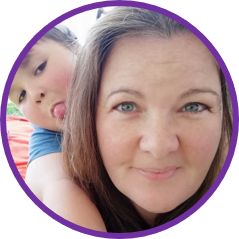
Shelley
Baby Signing Expert and Award-Winning Educator
Shelley is a renowned expert in baby signing, applied to early parenting, and an award-winning educator at Little Signers Club. With a passion for empowering parents, she guides families on a remarkable journey of connection through the magic of baby signing. As an award-winning educator, Shelley combines her in-depth knowledge of sign language with her understanding of the unique challenges and joys of early parenting. Shelley will be your trusted guide and cheerleader, helping you navigate the fascinating world of early communication and celebrating the milestones along the way. Her expertise and passion will empower you to create an unbreakable bond with your baby through meaningful connections and joyful communication.
